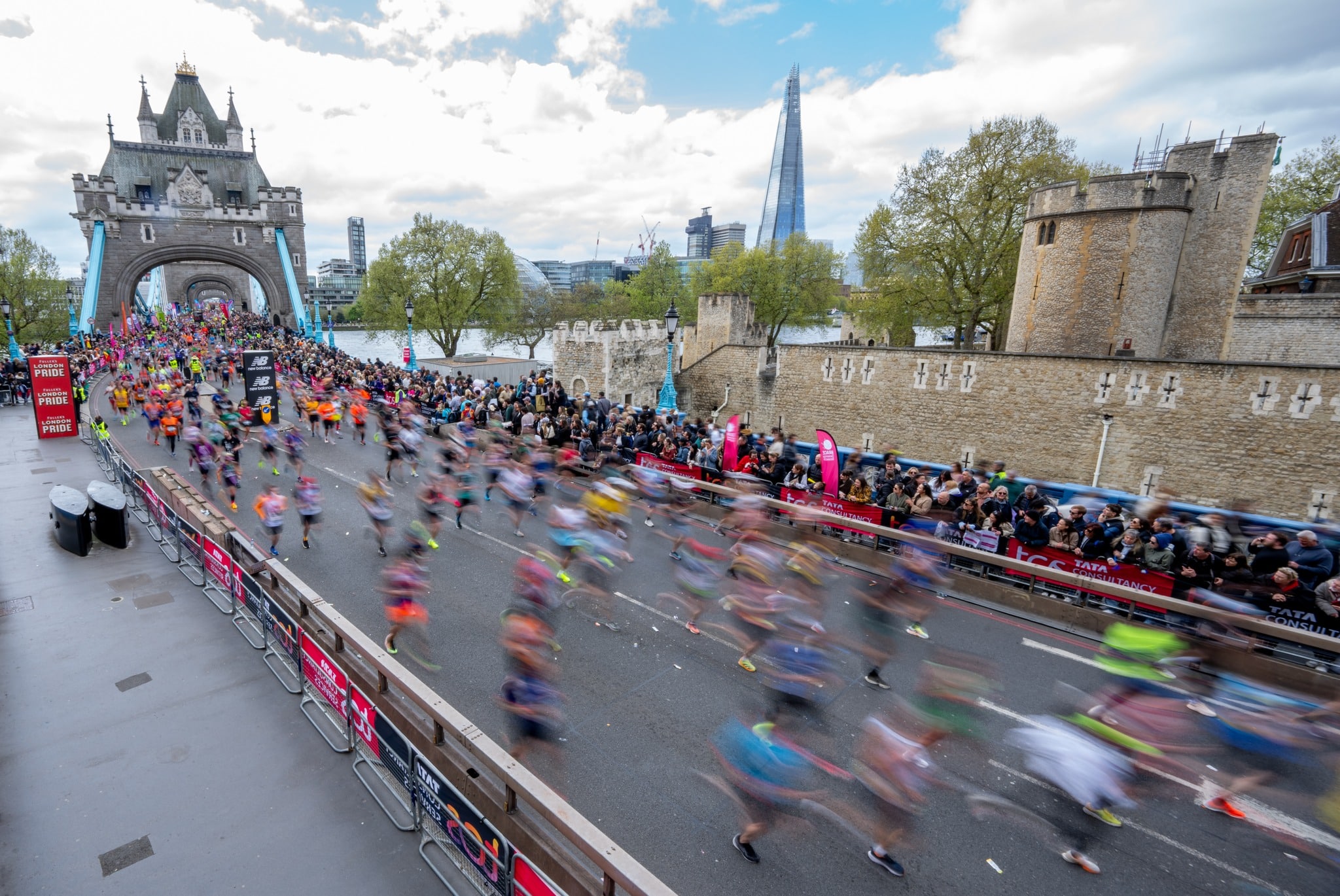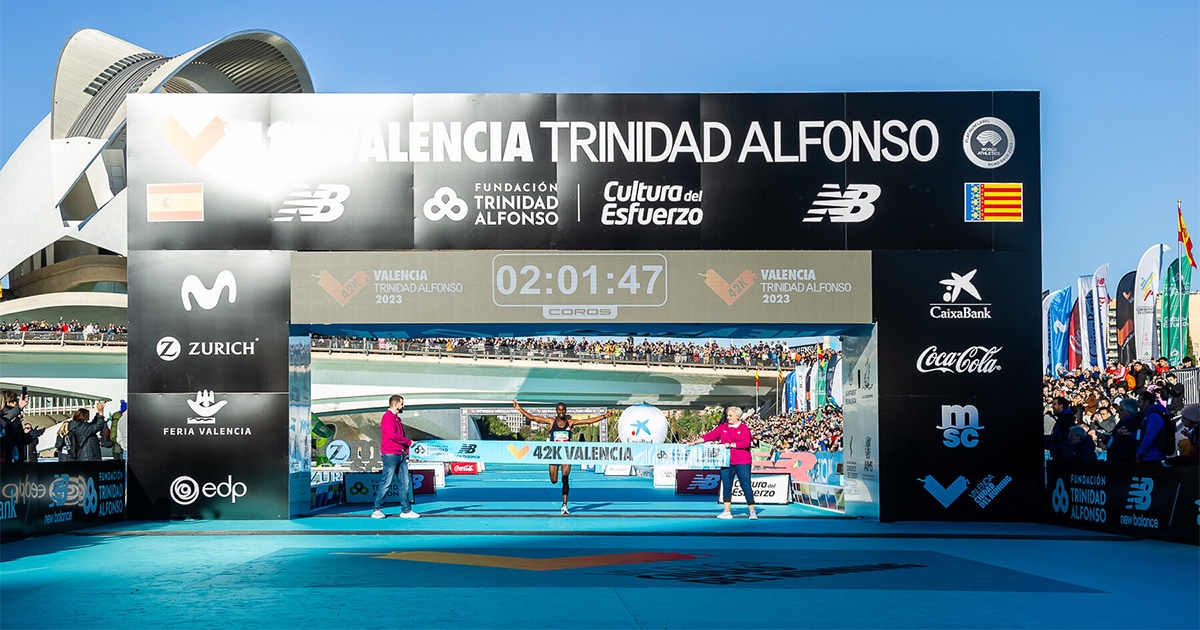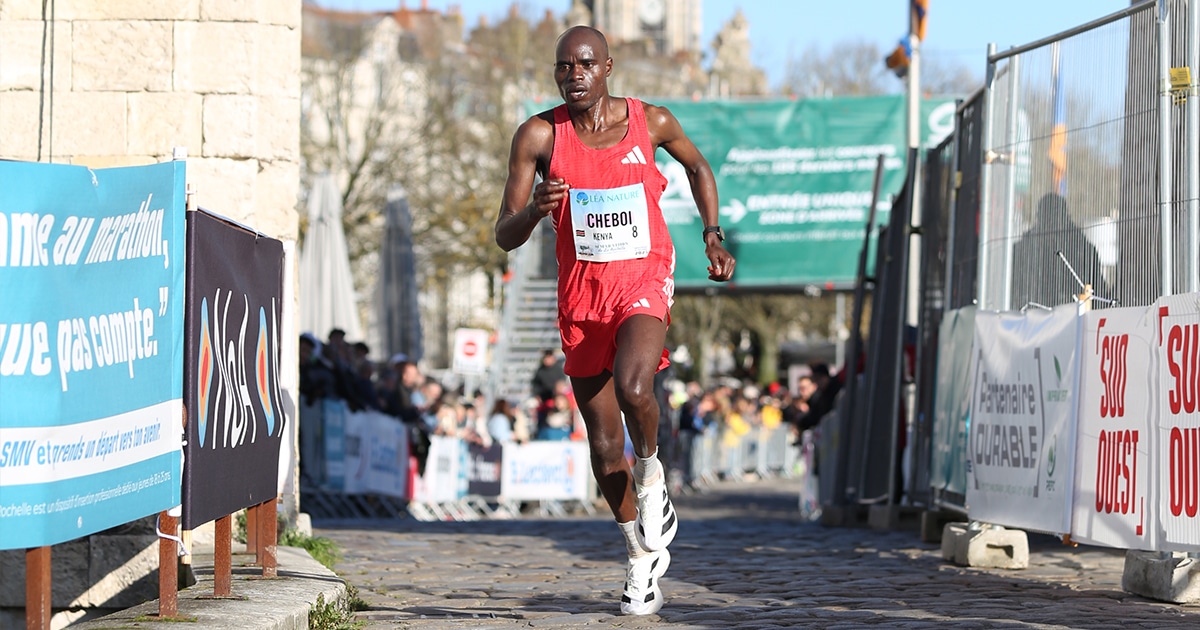London Marathon: Why Does the Race Attract So Many French Runners?
All running enthusiasts will have their eyes on the British capital on Sunday, April 27. The start of the 44th edition of the TCS London Marathon will be given in Greenwich, featuring an elite field of high performance. Once again this year, bibs were in high demand with 578,374 lottery applications. Several thousand French runners will pound the English pavement this Sunday.
✓ At Marathons.com, we’ve delved into why the London event attracts so many French runners.
| Between Myth and Prestige
To understand the beginnings of the London Marathon, you have to go back to 1981. Initially, two athletes, Chris Brasher (Olympic steeplechase champion) and John Disley, wanted to offer Londoners a popular, festive, and international event. They were heavily inspired by the New York Marathon, in which they had participated. Right from its inaugural edition, the race garnered significant enthusiasm with 7,500 runners at the start.
The event quickly gained momentum, attracting runners from all around the globe. The London Marathon established itself as one of the largest races and was included in the World Marathon Majors at its inception in 2006, alongside New York, Berlin, Chicago, Boston, and Tokyo.
However, England boasts a more mythical history dating back to the London Olympics in 1908. At that time, the royal family wanted the athletic marathon to start at Windsor Castle and finish in front of the royal box at White City Stadium. The event, officially measuring 26 miles (41.843 kilometers), was extended by 385 yards, equating to 42.195 km. This improvised extension could have remained a local anecdote, but ultimately, the distance became the international standard.
| A Unique and Festive Atmosphere
Imagine over 55,000 runners starting a race. The atmosphere is bound to be captivating. Even before the starting gun, you’ll feel the rising excitement and pressure. But the lively atmosphere of the London Marathon doesn’t stop at Greenwich. Throughout the streets of London and along the course, the celebration is ever-present. Bands, entertainment, costumes… Yes, the elites are chasing records, but the crowd cheers on the entire field. For a weekend, the capital transforms into an open-air spectacle. It’s not unusual to run alongside a unicorn or a dinosaur.
One thing is certain, in 2026, the atmosphere will be even more electrifying in Paris. The elite field will continue to set fast times and the course will remain just as unique.
| Geographical Proximity, An Undeniable Advantage
Before attracting a significant French crowd, the London Marathon gathers tens of thousands of local and foreign runners. In 2026, the event might well break the recent participation record of the Paris Marathon (56,950 runners).
The proximity between London and France significantly facilitates their attendance. Thanks to the Eurostar, it takes only 2 hours and 15 minutes to connect the two capitals. London is also served by an international airport with numerous daily flights arriving. So, after experiencing the Paris Marathon, the urge to cross the Channel for a new sporting adventure is quite strong. The logistics are much simpler than for other high-profile marathons like New York, Chicago, or Tokyo…
| A Course Favorable to Performance
In this regard, the London Marathon sets the bar very high. Its course is the result of a subtle blend of history and performance. Historically, running the London Marathon is like traveling, discovering, and admiring London’s iconic monuments, but while running.
The race starts in Greenwich, in the southeast of the city. Runners will immediately dive into the iconic districts of the British capital. They’ll cross the River Thames and pass through popular areas like Bermondsey or Canary Wharf. A photogenic highlight comes at the famous Tower Bridge before heading west toward the historic heart of London. The final kilometers run along the Thames, with views of the London Eye, Big Ben, before a grand finish on The Mall, near Buckingham Palace.
Performance-wise, the course is relatively flat and fast. The times from the 2024 edition testify to this: the late Kelvin Kiptum won the men’s race in 2h01’25” with a new event record. On the women’s side, Sifan Hassan triumphed in 2h18’13”. Every year, many elite runners fiercely compete for podium spots (and the hefty prizes that come with them).
If you’re at the start of the TCS London Marathon this year, keep your eyes wide open and savor every moment. For those watching from the couch, we hope to have motivated you to register for 2026.



